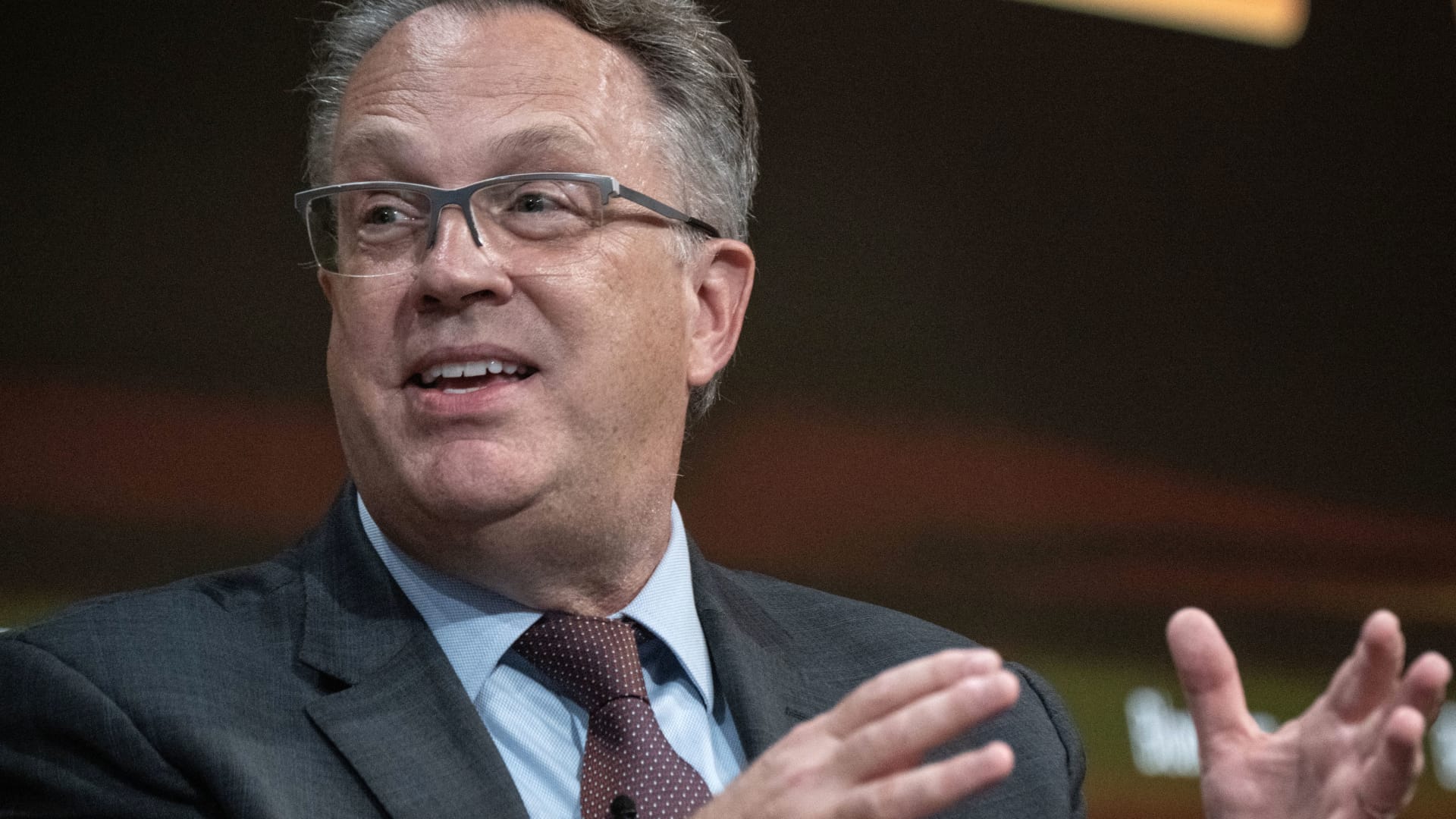New York Federal Reserve President John Williams said Friday rate cuts are not a topic of discussion at the moment for the central bank.
“We aren’t really talking about rate cuts right now,” he said on CNBC’s “Squawk Box.” “We’re very focused on the question in front of us, which as chair Powell said… is, have we gotten monetary policy to sufficiently restrictive stance in order to ensure the inflation comes back down to 2%? That’s the question in front of us.”
The Dow Jones Industrial average shot to a record and the 10-year Treasury yield fell below 4.3% this week as traders took the Fed’s Wednesday forecast for three rate cuts next year as a sign the central bank was changing its tough stance and would start cutting rates sooner-than-expected next year.
Traders are betting that the central bank would cut rates deeper than three times, according to fed funds futures. Futures markets also indicate that the Fed could start cutting rates as soon as March.
Williams is reining in some of that enthusiasm a bit it appears.
“I just think it’s just premature to be even thinking about that,” Williams said, when asked about futures pricing for a rate cut in March.
Williams said that the Fed will remain data dependent, and if the trend of easing inflation were to reverse, it’s ready to tighten policy again.
“It is looking like we are at or near that in terms of sufficiently restrictive, but things can change,” Williams said. “One thing we’ve learned even over the past year is that the data can move and in surprising ways, we need to be ready to move to tighten the policy further, if the progress of inflation were to stall or reverse.”
The Fed projected that its favorite inflation gauge — the core personal consumption expenditures price index — will fall to 2.4% in 2024, and further decline to 2.2% by 2025 and finally reach its 2% target in 2026. The gauge rose 3.5% in October on a year-over-year basis.
“We’re definitely seeing slowing in inflation. Monetary policy is working as intended,” Williams said. “We just got to make sure that …. inflation is coming back to 2% on a sustained basis.”
